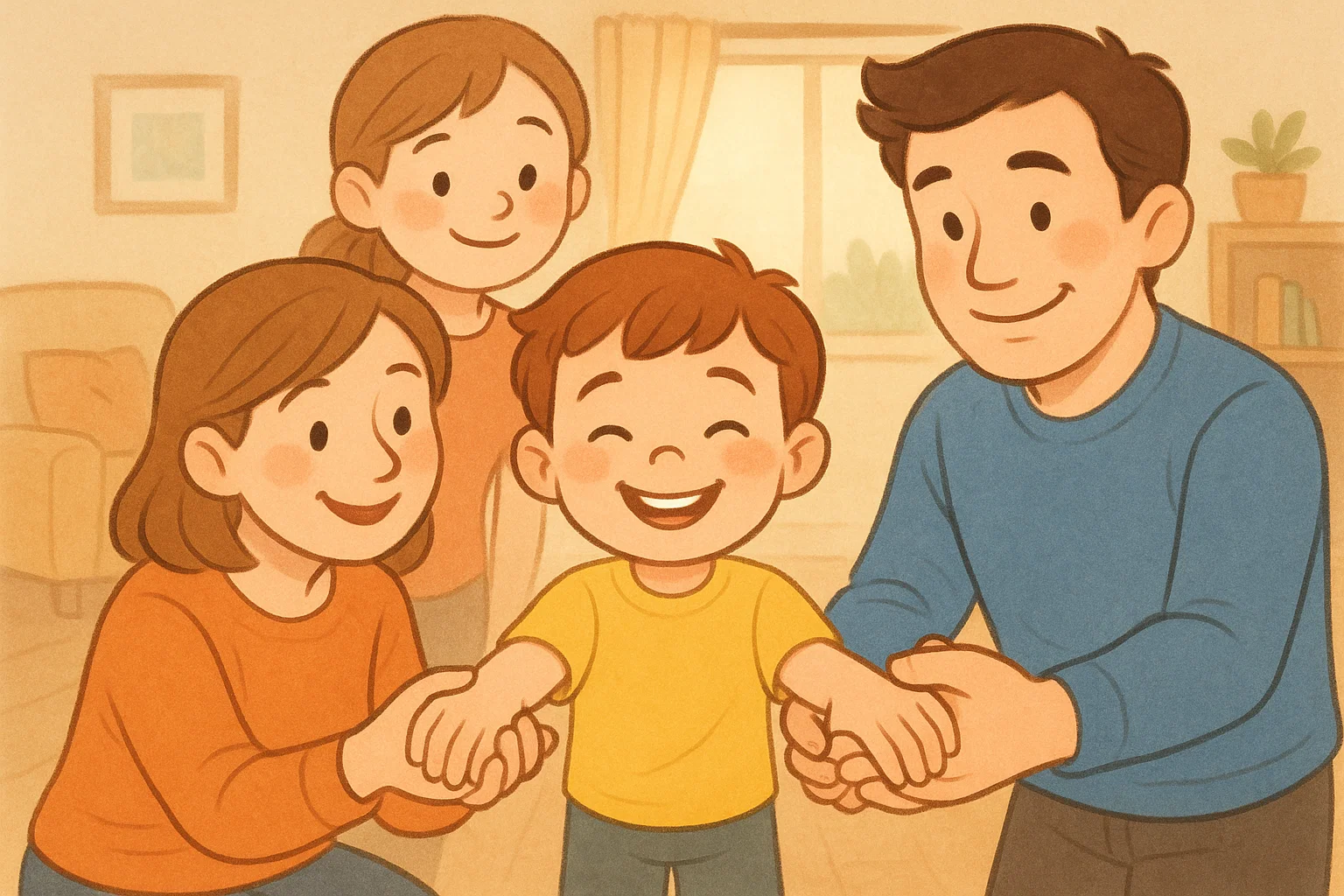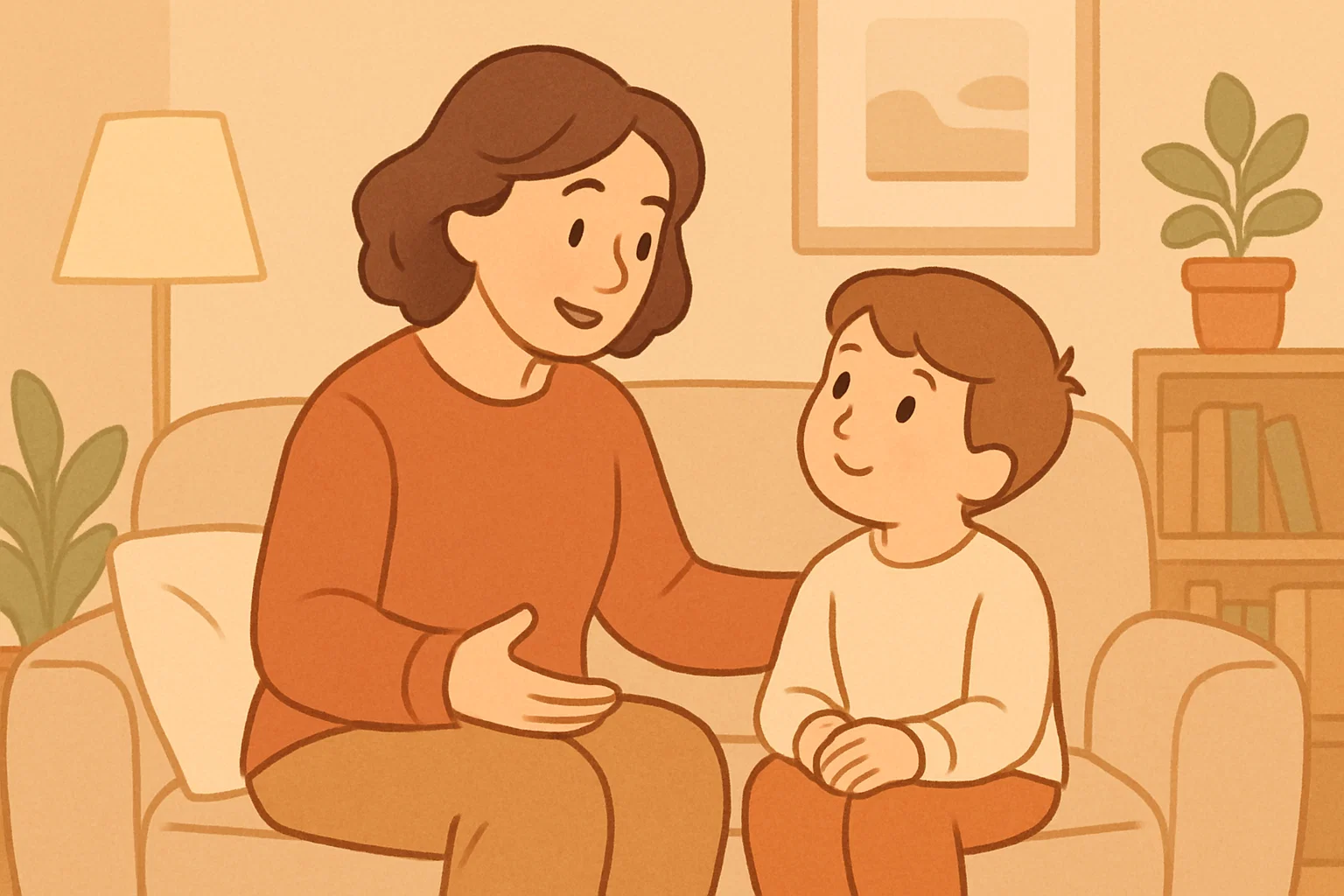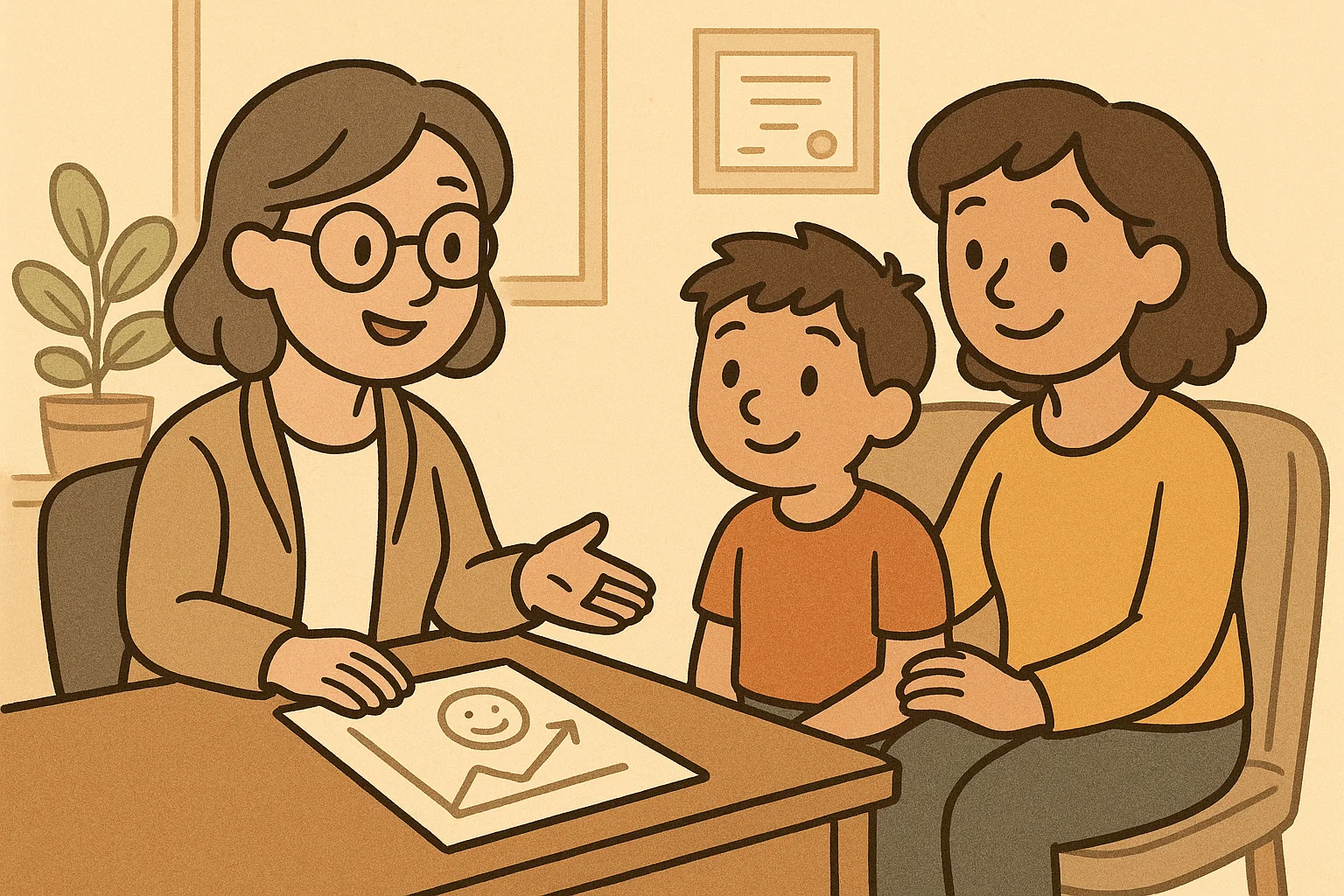Help Children with OCD Hand Washing: Expert Guide

When your child spends hours at the bathroom sink, scrubbing their hands until they’re raw and red, you’re witnessing more than just good hygiene habits. Obsessive compulsive disorder (OCD) can manifest through compulsive hand washing rituals that significantly impact a child’s daily life. Understanding how to help a child with ocd hand washing requires patience, knowledge, and the right strategies.
Help a Child With OCD Hand Washing 🧼

Helping a child with OCD involves recognizing that their compulsive behaviors stem from intense anxiety and fear. When a child with ocd engages in excessive hand washing, they’re attempting to neutralize distressing thoughts about contamination or germs. Parents often feel helpless watching their child struggle, but effective support strategies can make a meaningful difference.
The key lies in understanding that OCD symptoms create a cycle where obsessive thoughts trigger anxiety, leading to compulsive behaviors that temporarily reduce fear. However, these rituals ultimately reinforce the underlying fears, making the symptoms stronger over time.
Hand-Washing OCD: Symptoms
Recognizing ocd symptoms in children requires attention to both behavioral and emotional indicators. Children experiencing hand washing compulsions may exhibit several telltale signs:
Physical Symptoms:
- Raw, cracked, or bleeding hands from excessive washing
- Spending 30 minutes or more washing hands multiple times daily
- Using excessive amounts of soap or hand sanitizer
- Avoiding certain activities to prevent “contamination”
Behavioral Patterns:
- Repeating hand washing rituals a specific number of times
- Following rigid sequences during washing (scrubbing each finger individually)
- Becoming distressed when interrupted during rituals
- Seeking reassurance about cleanliness from family members
Emotional Indicators: Children with these symptoms often experience significant anxiety when prevented from washing their hands. They may feel trapped by their thoughts and recognize that their behavior seems excessive, yet feel unable to stop.
| Age Group | Common Manifestations | Duration Typically Observed |
| 6-9 years | Simple repetitive washing | 10-15 minutes per session |
| 10-12 years | Complex rituals with counting | 20-30 minutes per session |
| 13+ years | Elaborate contamination fears | 30+ minutes per session |
Hand-Washing Compulsions vs. Repetitive Behaviors
Understanding the difference between OCD compulsions and other repetitive behaviors helps parents respond appropriately. Normal hand washing, even when frequent, serves a practical purpose and doesn’t cause significant distress when interrupted.
OCD Hand Washing Characteristics:
- Driven by specific fears (germs, contamination, illness)
- Creates significant anxiety when prevented
- Interferes with daily activities and school attendance
- Often accompanied by magical thinking (“If I don’t wash exactly 10 times, someone will get sick”)
Non-OCD Repetitive Behaviors:
- May be habitual or self-soothing
- Doesn’t create intense anxiety when stopped
- Doesn’t significantly impact daily functioning
- Usually responds well to simple redirection
Research posted on the Journal of Clinical Investigations indicates that obsessive compulsive disorder affects on small number of children, with contamination fears being among the most common obsessions. These fears may lead to extensive rituals that consume hours of a child’s day.
Parenting Strategies 👨👩👧👦

Supporting a child through OCD requires specific parenting approaches that balance compassion with structure. Effective strategies focus on reducing anxiety while gradually helping children develop coping skills.
Avoid Enabling
Well-meaning parents often inadvertently strengthen OCD symptoms by accommodating their child’s compulsions. Family members frequently participate in rituals or modify household routines to reduce their child’s distress, but this accommodation may become counterproductive over time.
Common Enabling Behaviors to Avoid:
- Providing excessive reassurance about cleanliness
- Purchasing special soaps or sanitizers for the child
- Allowing unlimited time for hand washing
- Modifying family activities to avoid “contaminated” areas
Instead, parents can acknowledge their child’s distress while maintaining reasonable boundaries. For example, saying “I understand you feel worried about germs, but we need to keep hand washing to two minutes” validates emotions while setting limits.
Communicate Openly
Open communication creates a foundation for understanding and support. Children with OCD often feel ashamed or confused about their symptoms, making honest conversations essential for building trust.
Effective Communication Strategies:
- Use age-appropriate language to explain OCD
- Encourage questions without judgment
- Share that OCD is a medical condition, not a character flaw
- Discuss how the family will work together toward improvement
One parent shared: “When my daughter started spending two hours washing her hands, I initially thought she was being defiant. Once I learned about OCD, our conversations changed completely. I began saying, ‘It sounds like your worried thoughts are really loud today. Let’s think about how to turn down their volume.'”
Set Limits
Establishing reasonable boundaries helps children feel secure while preventing OCD from controlling family life. Limits should be clear, consistent, and implemented gradually.
Effective Limit-Setting Approaches:
- Create specific time limits for hand washing (starting with the current duration, then gradually reducing)
- Designate certain times when hand washing isn’t permitted
- Establish consequences for refusing to follow time limits
- Provide clear expectations before entering situations that trigger compulsions
Research from the International OCD Foundation suggests that gradual exposure to anxiety-provoking situations, combined with response prevention, can significantly reduce compulsive behaviors in children.
Stay Consistent
Consistency provides predictability that helps anxious children feel more secure. When parents maintain consistent responses to OCD symptoms, children learn that their environment remains stable despite their internal struggles.
Areas Requiring Consistency:
- Time limits for rituals
- Responses to requests for reassurance
- Consequences for accommodation-seeking behavior
- Emotional support and validation
Confront Fears Together
Gradual exposure to feared situations, when done supportively, can help children build confidence in managing anxiety. This approach works best when implemented slowly and with professional guidance.
Safe Exposure Examples:
- Touching “contaminated” objects for brief periods
- Reducing hand washing frequency by small increments
- Engaging in activities that typically trigger compulsions
- Practicing tolerance for uncomfortable sensations
Parents should remember that exposure exercises may initially increase anxiety. However, with consistent support and gradual progression, most children experience significant improvement in their symptoms.
Provide Positive Feedback
Recognizing small victories builds motivation and self-confidence. Children need frequent acknowledgment of their efforts to resist compulsions, even when attempts are unsuccessful.
Effective Praise Strategies:
- Focus on effort rather than outcomes (“I noticed you tried to limit your hand washing today”)
- Celebrate incremental progress (“You washed for five minutes instead of ten – that took courage”)
- Acknowledge difficulty (“I know that was really hard for you”)
- Connect progress to personal goals (“You’re getting closer to having more time for activities you enjoy”)
Reduce Stress
Since stress often exacerbates OCD symptoms, creating a calm home environment supports overall treatment efforts. Stress reduction benefits the entire family while specifically helping children manage their mental health.
Stress-Reduction Techniques:
- Maintain predictable daily routines
- Ensure adequate sleep and nutrition
- Incorporate relaxation activities (deep breathing, mindfulness)
- Limit exposure to stressful media or situations
- Create opportunities for enjoyable family time
Get Professional Help 🏥

While parental support plays a crucial role, professional treatment typically provides the most effective approach for managing childhood OCD. Mental health professionals specializing in anxiety disorders offer evidence-based treatments that can significantly reduce symptoms.
When to Seek Professional Help:
- Hand washing rituals consume more than 30 minutes daily
- Child expresses distress about their thoughts or behaviors
- Symptoms interfere with school attendance or social relationships
- Family life becomes significantly disrupted by accommodating rituals
Types of Therapy
Several therapeutic approaches have demonstrated effectiveness in treating childhood OCD. The most well-researched treatment combines cognitive behavioral therapy with specific techniques designed for obsessive compulsive disorder.
Cognitive Behavioral Therapy (CBT): This therapy helps children understand the connection between thoughts, feelings, and behaviors. Through CBT, kids learn to identify distressing thoughts and develop healthier coping strategies.
Family-Based CBT: This approach involves family members in treatment, teaching everyone how to support the child without enabling symptoms. Parents learn specific techniques for responding to OCD behaviors while maintaining family harmony.
Acceptance and Commitment Therapy (ACT): ACT focuses on helping children accept uncomfortable thoughts and feelings rather than trying to eliminate them. This approach can be particularly helpful for kids who struggle with the perfectionism often associated with OCD.
Gradual Exposure with Response Prevention
Exposure and response prevention (ERP) represents the gold standard treatment for OCD in children and adults. This approach involves gradually exposing the child to feared situations while preventing the usual compulsive response.
ERP Process for Hand Washing OCD:
- Assessment: Therapist evaluates specific fears and triggers
- Hierarchy Creation: Development of graduated exposure exercises
- Gradual Exposure: Starting with mildly anxiety-provoking situations
- Response Prevention: Learning to tolerate anxiety without washing
- Progress Monitoring: Regular assessment of symptom improvement
Sample ERP Hierarchy:
- Week 1: Touch the doorknob, wait 5 minutes before washing
- Week 3: Handle money, delay washing for 15 minutes
- Week 5: Touch bathroom surfaces, wait 30 minutes
- Week 8: Complete daily activities without extra hand washing
Professional treatment typically shows significant results within 12-16 weeks, with many children experiencing 50-70% reduction in symptoms. However, individual progress varies, and some children may need longer treatment periods.
Research published in the Indian Journal of Psychiatry indicates that children receiving ERP therapy maintain their improvements long-term, with most continuing to show reduced symptoms two years post-treatment.
Frequently Asked Questions
How long does it typically take for a child with OCD hand washing compulsions to show improvement with treatment?
Most children begin showing some improvement within 6-8 weeks of starting evidence-based treatment like exposure and response prevention therapy. Significant symptom reduction typically occurs within 12-16 weeks, though individual progress varies. Consistent parental support and adherence to treatment recommendations can accelerate improvement.
Should I completely stop my child from washing their hands to break the compulsive pattern?
No, completely preventing hand washing isn’t recommended and may increase anxiety significantly. Instead, work with a mental health professional to gradually reduce washing frequency and duration. Normal hygiene should be maintained – the goal is to eliminate excessive, ritualistic washing while preserving appropriate cleanliness habits.
Can medication help children with OCD hand-washing compulsions, and is it safe?
Selective serotonin reuptake inhibitors (SSRIs) can be effective for childhood OCD, particularly when combined with therapy. However, medication decisions should always involve consultation with a pediatric psychiatrist who can assess individual risks and benefits. Many children respond well to therapy alone, making medication unnecessary in some cases.
